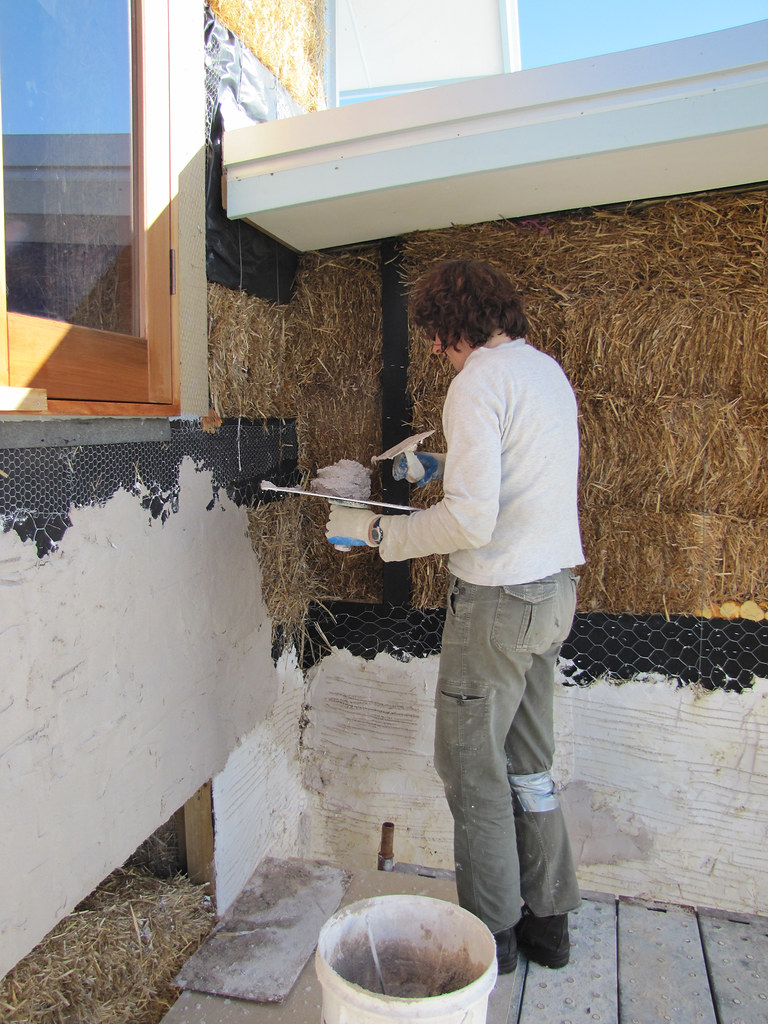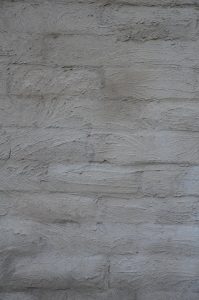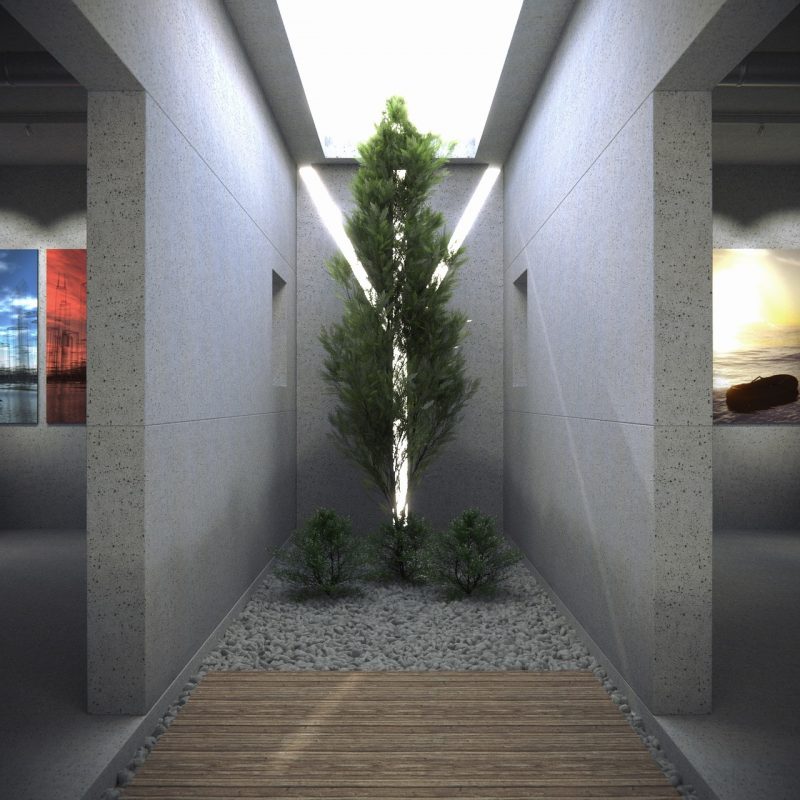Summary
– Wall rendering: several types according to the support
– Composition of a wall rendering: 3 elements
– Wall rendering: in kit or to prepare yourself?
– Preparing the surface to apply the coating
Wall rendering is a wall covering just like wall paint, wallpaper, fabric, cork, tiles, panelling, cladding or wall cladding.
The purpose of wall rendering is to:
– protect your masonry, partitions and walls,
– to make up for certain defects, to find a flat and smooth wall ready for finishing.
Wall rendering: several types depending on the support
There are several types of wall rendering for this purpose:
– filling plaster: allows filling the holes, cracks of the wall (before smoothing),
– smoothing coating: applied to an already flat wall to erase minor shallow imperfections in the wall,
– decorative coating: lime coating and roughcast.
Composition of a wall rendering : 3 elements
All coatings are composed of a filler, a binder and a thinner.
It is this base that will define the coating, and it is named by the binder, for example
– exterior lime coating: the binder is lime (we talk about this below***),
– cement coating: the binder is cement (we will tell you about it in our following publication).
To this base, various additives can be added to improve the rendering according to the work to be done and the support, for example
– a wetting agent to facilitate the mixing of pigments and binder/fillers,
– pigments for the decorative effect; these pigments must be compatible with the type of coating.
Wall rendering: in kit or to prepare yourself?

Wall rendering is available in DIY stores in two main forms:
Wall rendering: kit or to prepare?
|
Type of wall rendering |
PRINCIPLE |
USAGE |
|---|---|---|
|
1. Ready-to-use wall rendering |
|
Modern partitions, walls in good condition. |
|
2. Wall rendering to be prepared on-site |
|
Older walls with surface defects. |
Prepare the surface to apply the coating.
The surface must be clean, sound and dry; remember to remove dust.
To help the coating hold, you can apply a resin or primer:
– it allows applying the coating on surfaces with various types of masonry and finish.
– You can also use it on clean and sound surfaces.
Let’s come to lime plaster***.
Traditional Venetian plaster, also known as marble plaster, Italian plaster or polished plaster, is made of lime putty and marble dust and gives a highly polished finish to walls and ceilings that resemble marble.
In the past, exterior lime plasters were widely used traditional plasters. They are mortars in which lime replaces all or part of the cement. They have found a new life in renovations, especially because of their ecological character.
Why lime facades?
The advantages of lime facade coatings are multiple:
1. Correcting differences in the level
Historically, their plasticity made it possible to make up for differences in the level in supports that were not standardized at the time, such as stone, bricks and rubble of more or less good quality. But also on earthen supports or mixtures of earth and straw, as in half-timbered houses.
2. Protect against humidity
Lime facades offer better moisture regulation. A lime coating reacts like a sponge, absorbing precipitations and letting them evaporate rather than penetrating the wall. Lime captures this humidity and then gradually evacuates it to the outside. Walls in areas exposed to the weather and those in damp rooms are thus less damaged.
3. Aesthetic value
Aesthetically, a lime coating is also absorbing to give an immediate rustic character. The velvety finish and the pigments (often natural) that can be added give warm facades, perfectly adapted to the renovation of old buildings. On the other hand, it does not adapt to all types of contemporary constructions, as its surface rendering can be very different.
3. Choosing an exterior lime coating
Your choice will be based on several criteria that you must carefully evaluate beforehand.
Types of finish

Smooth, scraped, with reliefs, natural, coloured, everything is possible with a lime coating. The coating can be a whitewash with single or multiple layers. You may wish not to have a flat surface (you want to keep its curves or even leave some protruding stones visible).
If you want a flatter finish, you can apply a scratch coat to fill in the hollows and some of the differences in level, then continue with one or two coats, the last one finely floated. You can use the technique of iron lime, which is quite similar to stucco, but which gives a very smooth, almost shiny finish. On the contrary, you can recreate false joints to provide the illusion of ashlar.
Façade renovations
For a long time, a classic finish for many houses was a rendering where the last coat was sprayed with a trowel or a tyrolean to serve as a bonding layer. This technique can be beneficial for facade renovations, as it allows the use of slightly uneven surfaces, and therefore less time is spent on preparing the said surface.
What if you are doing an exterior lime coating yourself?
Lime coating requires fundamental technical skills to be successful. If you want a very smooth rendering, like a “glaze”, it is preferable to go through a professional. If you opt for sprayed rendering, it is possible to do it by being patient and doing some tests on non-visible parts of the walls to get familiar with the technique. However, if you are working on an old wall, the composition of the coating must be adapted to the nature of the support.
In all cases, you must ensure that the support is sound, dry and clean. It will be necessary to remove the detached parts and fill in if the voids are too important before applying the coating.
Are you looking for a professional in the field?
The Render Man has extensive knowledge of all types of rendering services. As a fully licensed and insured company, they work throughout Melbourne, the Eastern Suburbs and the Bayside areas.



